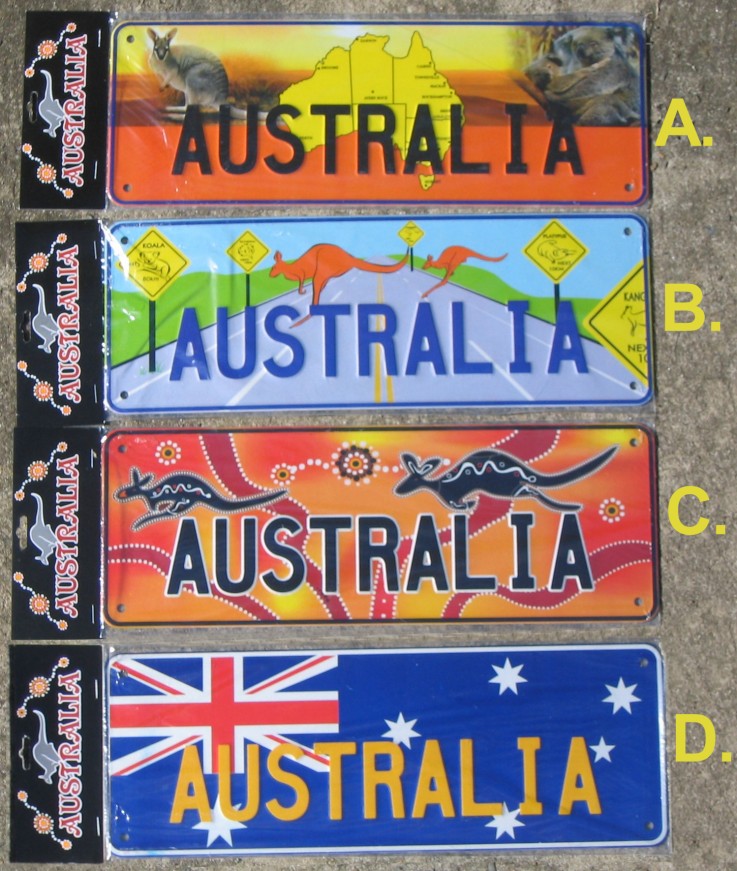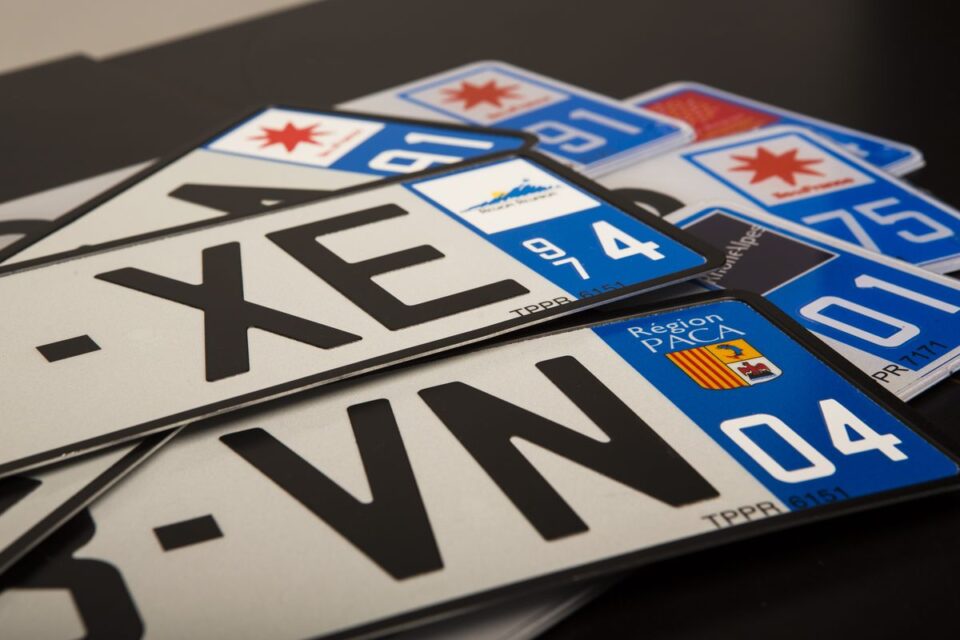The license plates on vehicles, which are sometimes seen as a basic identifying tool, are, in reality, profoundly steeped in each particular country’s cultural, administrative, and security complexities. The designs of these plates and the rules that govern them may vary greatly from one country to the next, reflecting a mix of tradition, utility, and aesthetic preferences. Dive into an investigation of the approaches used by several countries toward the straightforward activity of vehicle identification.
Examining the Design and Regulation of Number Plates in Different Countries
Designing for Cultural Representation

Number plates, sometimes seen as being nothing more than straightforward identification for automobiles, are, in fact, a representation of a country’s identity, legacy, and pride. In many nations, these license plates do more than just include alphanumeric numbers; they act as a canvas on which to display symbols that are significant to the national psyche. To commemorate Australia’s one-of-a-kind biodiversity, the country’s plates, for example, often feature native Australian animals like the kangaroo and the koala. Meanwhile, Canada uses this area to promote its national emblem, the maple leaf, which is inextricably tied to Canadian identity. Alternatively, Canada may emphasize its breathtaking landscapes and natural marvels, such as the Northern Lights.
On the other hand, European countries often sprinkle a little bit of unity on their dishes. The country’s EU designation and flag are often shown on a prominent blue strip on the license plates’ left end. This design not only acts as a geographical identification but also stands as a symbol of togetherness, collaboration, and shared ideals throughout Europe. A commonplace item may be transformed into a cultural symbol via designs that, despite their seeming subtlety, provide a window into a nation’s culture, values, and the things it holds dearest.
Technical Aspects and Security Measures

Advancements in technology have profoundly impacted many aspects of modern life, including something as seemingly mundane as vehicle number plates. Nations across the globe recognize the importance of ensuring security and authenticity and have begun incorporating advanced features into their plates. The United Kingdom took a step towards safety and visibility by introducing plates with reflective backgrounds, ensuring that vehicles remain identifiable under varying light conditions, be it the bright midday sun or the dimness of twilight.
On the other hand, Asian countries like Japan and South Korea have harnessed the potential of RFID (Radio-Frequency Identification) technology. By embedding RFID chips within their number plates, these countries have not only streamlined electronic toll collection, reducing human intervention and traffic congestion, but have also added a layer of security against vehicle theft. These chips can be remotely scanned, helping track and recover stolen vehicles more efficiently. This convergence of technology and traditional vehicle identification illustrates how nations are adapting to modern challenges, ensuring that number plates don’t just serve as identifiers but also play a pivotal role in enhancing road safety and security.
Alphanumeric Systems: A Glimpse into Regulations
The alphanumeric arrangement on number plates is a unique identifier carrying specific information about a vehicle’s origin or registration. In the vast expanses of the United States, each state adopts its unique pattern for number plates. This state-centric system doesn’t just stop at unique alphanumeric combinations; it extends to the visual aesthetics of the plate, incorporating state mottos, state-specific imagery, or symbols that resonate with local pride and identity. Meanwhile, India’s system is organized and systematic. The initial letters on an Indian number plate signify the registration state, followed by a district code, culminating in a unique number sequence. This structured approach facilitates quick identification of a vehicle’s origin down to its district level.
However, countries like France have rethought this regional identification approach. To foster national unity and counteract potential regional biases or prejudices, they have transitioned to a system that doesn’t carry explicit regional identifiers, focusing instead on a centralized, uniform approach for all vehicles.
Regulatory Constraints and Customizations
Customization of number plates is a trend that has gained immense popularity in many parts of the world, turning plates into symbols of affluence and personal expression. The United Arab Emirates is a prime example where unique and coveted plate combinations, especially those with fewer digits, can fetch astronomical prices in auctions, becoming status symbols for the elite. However, customization isn’t without its limits. In countries like Germany, while there’s room for personal preference in the alphanumeric sequences, there’s a stipulation that the plates must always commence with the designated code of the vehicle’s registered region. This ensures that, despite customization, the vehicle’s origin remains traceable.
On the other hand, countries like China prioritize uniformity and administrative ease. They have established stringent regulations that allow only minimal personalization, emphasizing standardization across the board. Such divergent practices in number plate regulations reflect nations’ different cultural and administrative priorities, oscillating between catering to individual expression and ensuring streamlined governance.
Environmental Considerations in Plate Design

Countries worldwide increasingly focus on environmental sustainability in various design aspects, and vehicle number plates are no exception. Material choices, manufacturing processes, and recycling possibilities influence modern plate design strategies. Many nations aim to reduce their carbon footprint by incorporating eco-friendly and long-lasting materials. Considering such environmental considerations, the goal is to balance durability, functionality, and sustainability. Those interested in a deeper dive into the design intricacies of number plates can consult resources like The SurePlates website for a comprehensive overview.
Conclusion
At first glance, license plates may seem to be nothing more than a straightforward method for identifying automobiles. However, upon closer examination, an entire world of cultural, technological, and legal complications is revealed that is buried beneath these plates. It is possible for a nation’s cultural representation, degree of technologically advanced security, or environmental concerns to be reflected in the way its license plates are created and governed, which may give insight into the nation’s aspirations. These plates tell a tale that goes well beyond the letters and numbers that are engraved on them; they encapsulate the spirit of a nation on a moving canvas and convey a story that goes far beyond the letters and figures that are printed on them.

